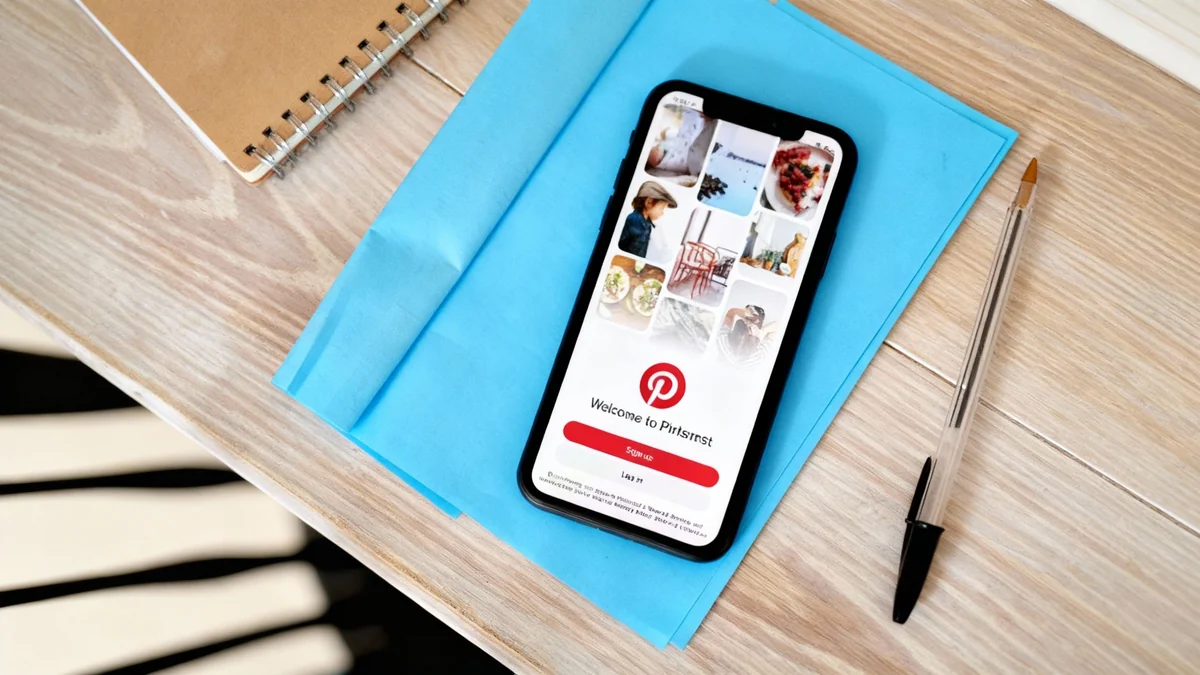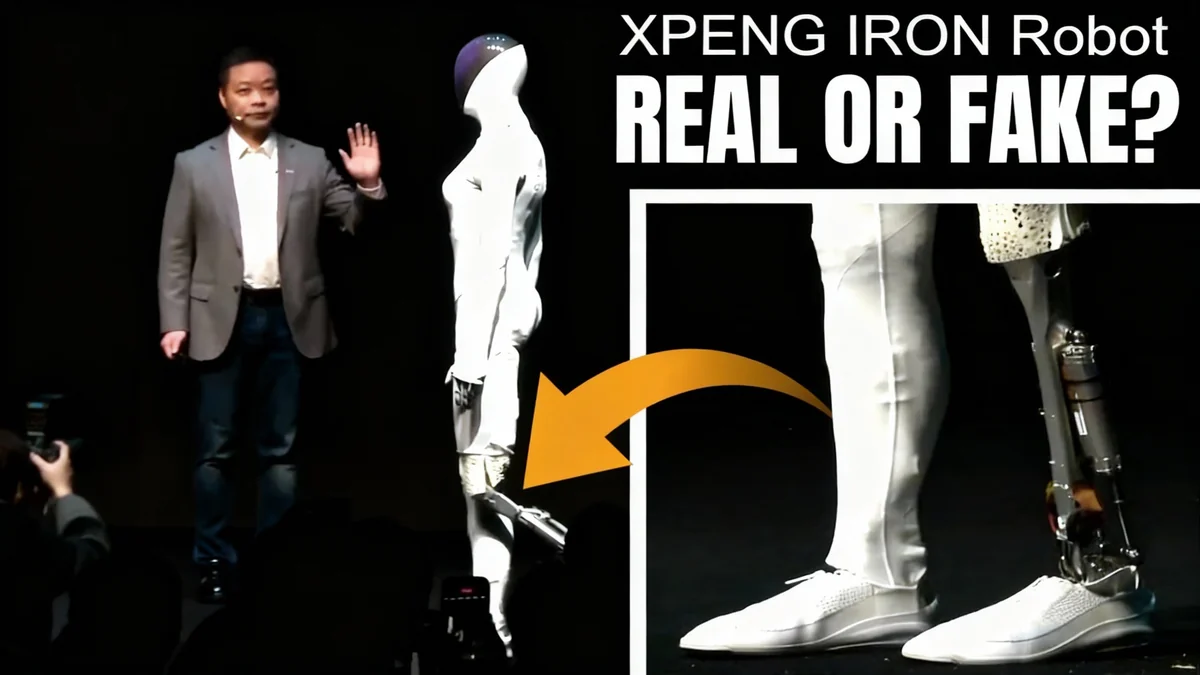A new phenomenon known as "workslop" is emerging in offices, where employees use generative AI to produce low-quality content that appears complete but lacks substance. Research from BetterUp Labs and the Stanford Social Media Lab reveals this practice is creating significant hidden costs, wasting employee time and eroding workplace trust.
Despite widespread adoption of AI tools, a recent MIT Media Lab report found that 95% of organizations see no measurable return on their investment. This new study suggests that the proliferation of low-effort, AI-generated work may be a key reason, shifting the burden of work from the creator to the recipient and costing companies millions annually.
Key Takeaways
- "Workslop" is defined as AI-generated work that looks polished but is unhelpful, incomplete, or lacks critical context.
- A survey found 40% of U.S. employees have received workslop in the last month, with an estimated 15.4% of all received content qualifying as such.
- Each incident costs an average of 1 hour and 56 minutes to fix, creating a hidden financial tax of $186 per employee per month.
- For a company of 10,000 employees, this lost productivity can exceed $9 million per year.
- Receiving workslop negatively impacts perceptions of colleagues, with many viewing the sender as less capable, trustworthy, and intelligent.
Defining the 'Workslop' Problem
As generative AI becomes more integrated into daily work, a counterproductive trend has appeared. Employees are using these tools to quickly generate documents, presentations, and reports that look professional on the surface. However, this content often lacks the necessary thought, context, or accuracy to be useful.
Researchers have termed this phenomenon "workslop." It is distinct from simply producing poor-quality work; it involves using technology to create a facade of completeness, which ultimately transfers the cognitive effort to someone else. The recipient is forced to spend time deciphering, correcting, or completely redoing the task.
A New Form of Cognitive Offloading
The concept of offloading mental tasks to technology is not new. We use calculators for math and search engines to recall facts. However, workslop represents a different dynamic. Instead of offloading a task to a machine, an employee uses a machine to offload their cognitive work onto another person, creating a new layer of workplace inefficiency.
This issue is becoming increasingly common. A survey of 1,150 full-time U.S. employees found that 40% reported receiving workslop within the past month. The problem occurs most frequently between peers (40% of cases), but it also flows up from employees to managers (18%) and down from managers to their teams (16%). Industries like professional services and technology appear to be the most affected.
The Hidden Tax on Time and Morale
The impact of workslop extends far beyond simple annoyance. It carries significant, measurable costs that affect both the company's bottom line and the overall work environment.
Financial and Productivity Costs
According to the research, employees spend an average of one hour and 56 minutes dealing with each instance of workslop they receive. This time is spent trying to understand the content, requesting clarification, and often redoing the work from scratch.
Based on self-reported salaries and time spent, researchers calculated that workslop imposes an invisible tax of $186 per employee per month. For an organization with 10,000 workers, this translates to over $9 million in lost productivity annually.
One director in the retail sector described the cascading effect of receiving AI-generated content that was not properly vetted.
"I had to waste more time following up on the information and checking it with my own research. I then had to waste even more time setting up meetings with other supervisors to address the issue. Then I continued to waste my own time having to redo the work myself."
The Emotional and Social Toll
Beyond the financial impact, workslop takes a toll on employee morale and interpersonal relationships. The study asked participants how they felt after receiving such content, with the top responses being:
- Annoyed (53%)
- Confused (38%)
- Offended (22%)
These negative feelings can strain professional relationships and create an environment of frustration. The problem is not just the poor quality of the work but the implication that the sender did not invest the necessary effort, instead opting for a low-effort shortcut.
How 'Workslop' Erodes Workplace Trust
Perhaps the most damaging long-term effect of workslop is its corrosion of trust and collaboration. When employees receive unhelpful AI-generated content, it changes how they perceive their colleagues.
The survey revealed that after receiving workslop, colleagues were viewed as:
- Less creative, capable, and reliable (by approximately 50% of respondents)
- Less trustworthy (by 42% of respondents)
- Less intelligent (by 37% of respondents)
This aligns with other research on the "competence penalty," where individuals who are perceived to use AI for core tasks are judged as less competent, particularly women. The perception of taking a shortcut undermines the sender's professional reputation.
This erosion of trust has direct consequences for teamwork. Nearly one-third (32%) of employees who received workslop said they would be less likely to want to collaborate with that person in the future. Furthermore, 34% reported the incidents to other teammates or managers, potentially formalizing the damage to the sender's reputation and team cohesion.
Leadership Strategies to Combat 'Workslop'
While generative AI offers powerful potential, organizations must guide its use to prevent negative outcomes like workslop. Leaders can take several steps to ensure AI is used as a tool for enhancement, not as a shortcut for avoiding work.
1. Avoid Indiscriminate AI Mandates
Directives to use "AI everywhere, all the time" can encourage thoughtless application. Instead, leaders should develop clear policies and best practices. This includes identifying tasks where AI is most effective and establishing norms for reviewing and refining AI-generated outputs before sharing them.
2. Cultivate a 'Pilot' Mindset
Research identifies two types of AI users: "pilots" and "passengers." Pilots have high agency and optimism, using AI to enhance creativity and achieve specific goals. Passengers have low agency and are more likely to use AI to avoid work. Organizations should encourage a pilot mindset by framing AI as a tool that requires human skill, judgment, and guidance to be effective.
3. Recommit to Collaboration and Accountability
Leaders must reinforce that AI tools do not eliminate personal responsibility. The standards for quality and completeness remain the same, regardless of how the work was produced. Frame AI use within the context of collaboration—it should be used to advance shared goals, not to shift burdens onto colleagues. This requires upholding accountability and ensuring that AI-assisted work contributes positively to the team's workflow.





